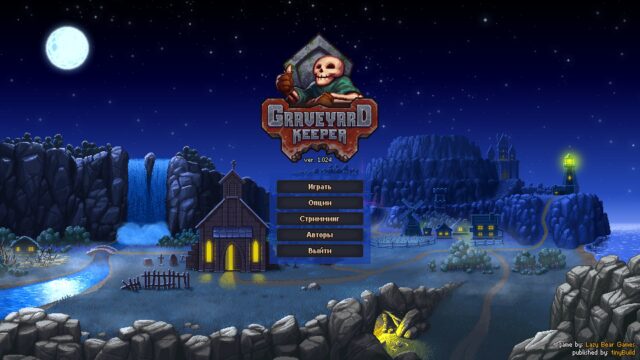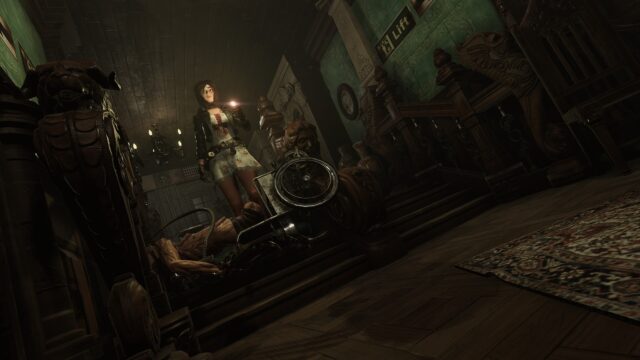Remember Me Review
Everyone has had events in their life that they would like to forget. But what if you could really forget them? Or give them to someone else? Or even change your memory in such a way that you don’t have to live with the pain, guilt, and bitterness that remain in the end?
In the universe of Remember Me, the first game by the French studio Dontnod, scientists have found a way to address all these questions. The events take place in the late 21st century, where the citizens of Neo-Paris – a futuristic metropolis built after the European War – are equipped with Sensen chips, which allow people to import, export, and modify their memories. The privileged part of society lives in the city center, served by silent robots, protected by automated security, and blissfully ignorant of their past transgressions.
However, looking at this world through the eyes of Nilin, a young girl who is trying to recover the remnants of her memory, erased as punishment for an unknown crime, players understand that it’s not all rosy. With the help of a mysterious ally named Edge, she infiltrates the slums beneath Neo-Paris, where she discovers the other side of the Sensen society.
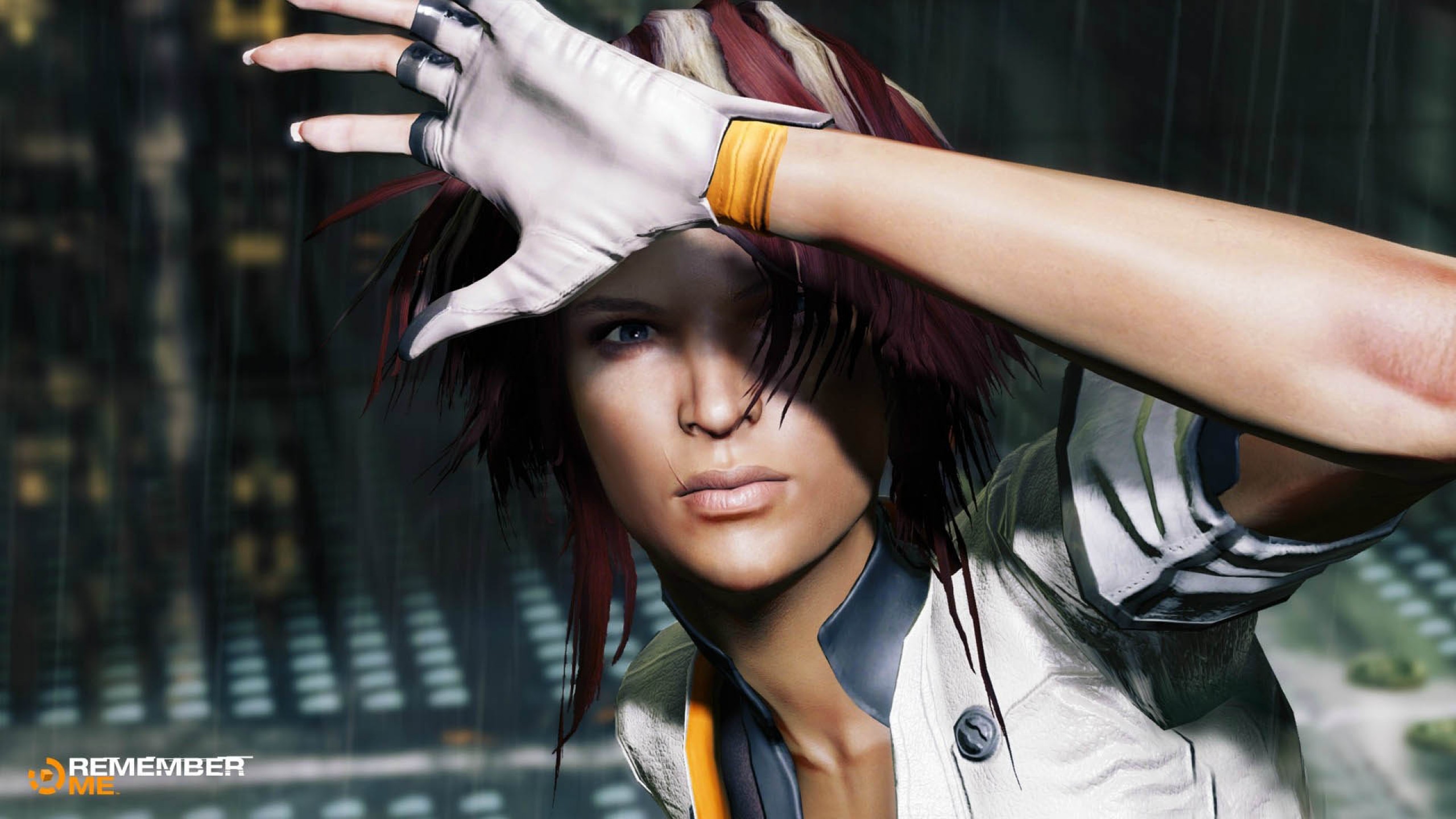
During the first few hours, which are hard to call boring, Nilin reintroduces herself to herself – a memory hunter, a kind of revolutionary fighter who was engaged in hacking human memory in order to disrupt the plans of the creator of Sensen, the Memorise Corporation. With the help of Edge, she tries to snatch Neo-Paris from the hands of the 21st-century bourgeoisie, who have fallen into technological dependence, and thereby alleviate their guilt for the deprivation and poverty that flourish at the foot of the metropolis.
Nilin breaks through and makes her way through the Neo-Parisian slums in the style of Uncharted or Enslaved by Ninja Theory. The confident journey is sometimes interrupted by breathtaking panoramas – in these moments, the camera pulls back so that the player can fully enjoy the view of the city that unfolds before the feet of the main heroine. In addition, there are various puzzles and riddles, as well as flying security bots – persistent obstacles between Nilin and her own past.
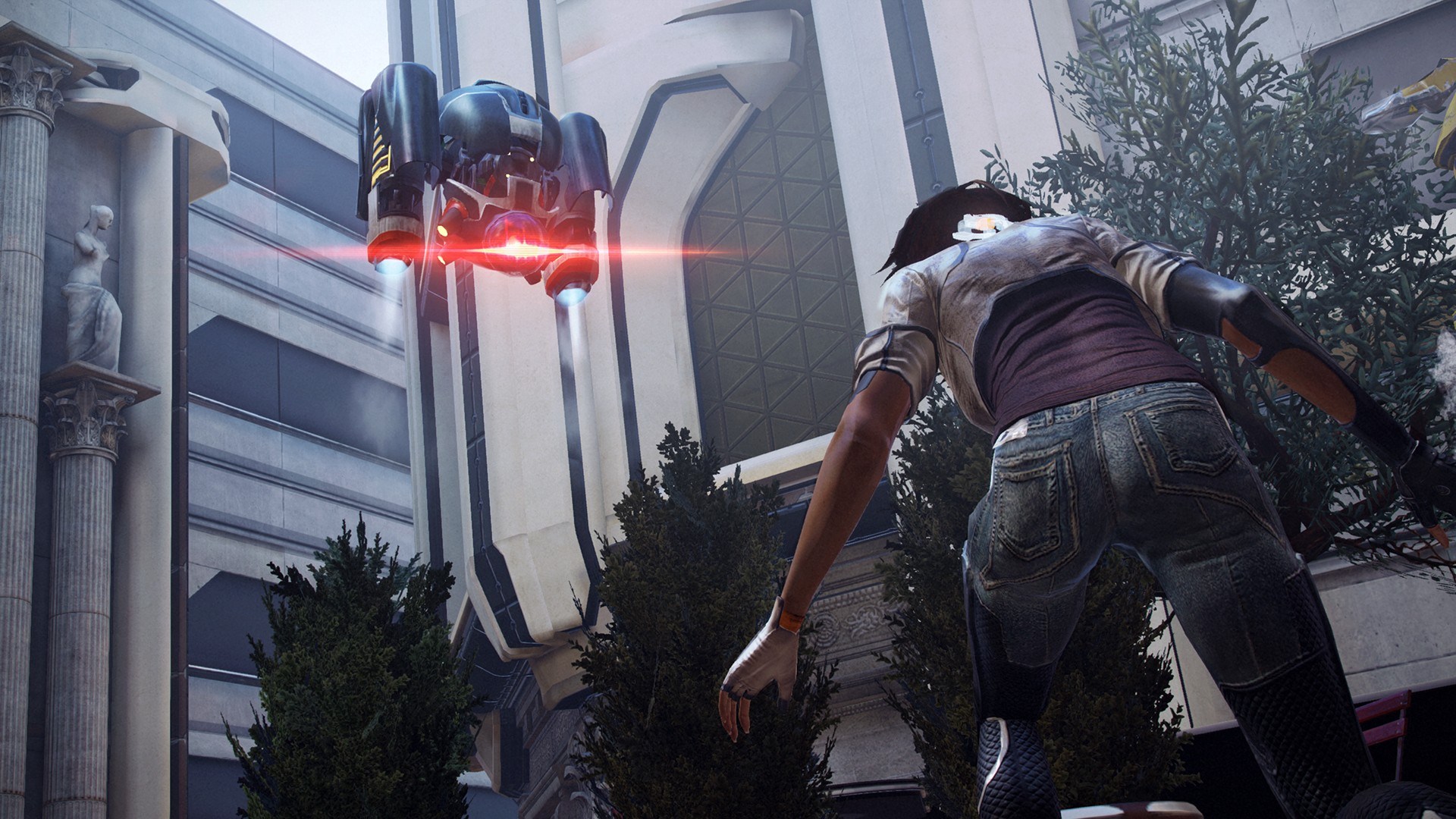
Often conflicts are inevitable, and when it comes to a fight, Nilin finds herself face to face with Leapers – crazy citizens who have overdosed on memories and have been thrown into the slums – or even more unpleasant enemies in the form of security personnel.
Usually in games like this, you either hit enemies or shoot at them while hiding behind cover. The combat system of Remember Me deserves respect for its fresh approach, but leans more towards the former. It is similar to the one that exists in the games Batman Arkham – You constantly press the button in order not to interrupt the combo, but at the same time you can create your own combinations using unlocked techniques, which makes the fight feel different.

By stopping randomly pressing buttons and catching the rhythm, you will understand that your ability to perform combos has prepared you for the appearance of new opponents, such as electrified fighters, hitting which you yourself take damage. Fighting game experts will surely complain about the lack of depth. in comparison to Metal Gear Rising (which is promised soon on PC) or Anarchy Reigns – due to the lack of blocking or parrying, you feel more like an agile dodger than a warrior with mighty strength. However, by the end of the game, you feel like you’re swirling in a battle dance, constantly targeting enemies, using special moves and combos with unparalleled mastery.
The resulting image can undoubtedly be called beautiful, but Remember Me is not a spectacle, but rather a rhythmic game. Your eyes are not searching for animations for visual feedback, but constantly monitoring the area where the combo is happening and the bottom of the screen, where it shows if your attacks are chaining into a combo. Furthermore, different moves resemble each other, and so do the combos that follow. Among other things, you have to make sure that the camera is looking at the fight from the best angle, so as not to miss important events.
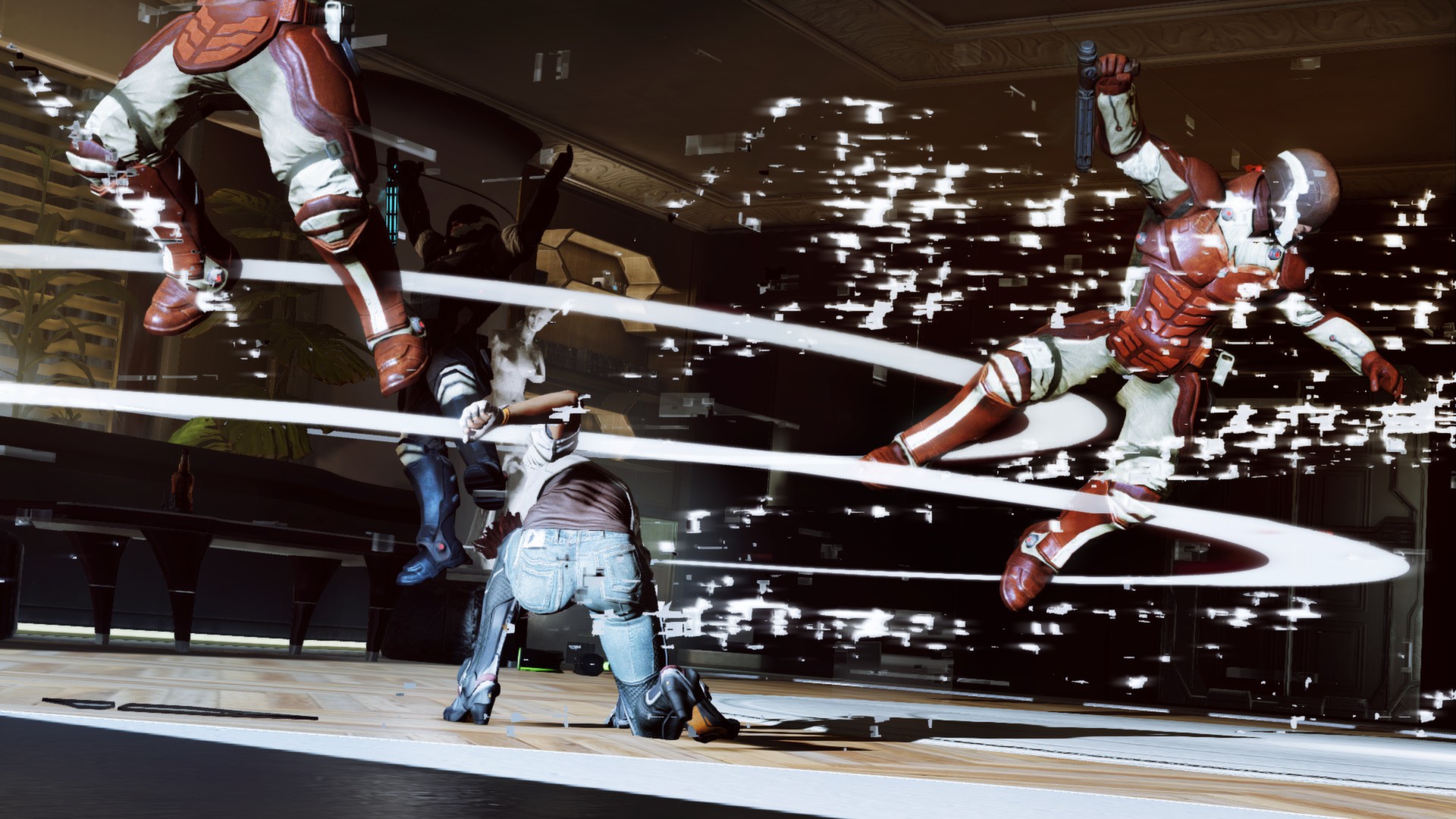
For most of the remaining (non-combat) time, you follow Edge’s instructions, trying to steal information from someone’s mind – you go through holograms, overcoming obstacles and reaching inaccessible places – and in some cases create a remix of someone’s memories, altering the events recorded in them for your own interests.
These are simple puzzles where you can rewind the scene back and forth and change the values of variables, for example, pull the trigger on a gun or remove the safety on a doctor’s automatic syringe, but the innovations can simply absorb, so you need to avoid paradoxical results by creating a series of events in search of a plausible alternative reality.
There are only a few of these scenes, but surprisingly, they touch the depths of the soul. At first, the idea that your own thoughts can be twisted and turned like sliced cucumbers in a salad bowl is greatly disturbing, and the scenes themselves, animated by the hands of animators and actors, occasionally bring a lump to the throat. Usually, killings in games are not perceived so acutely, but the mental damage you inflict on your victims in Remember Me stays with you even after turning off the computer.
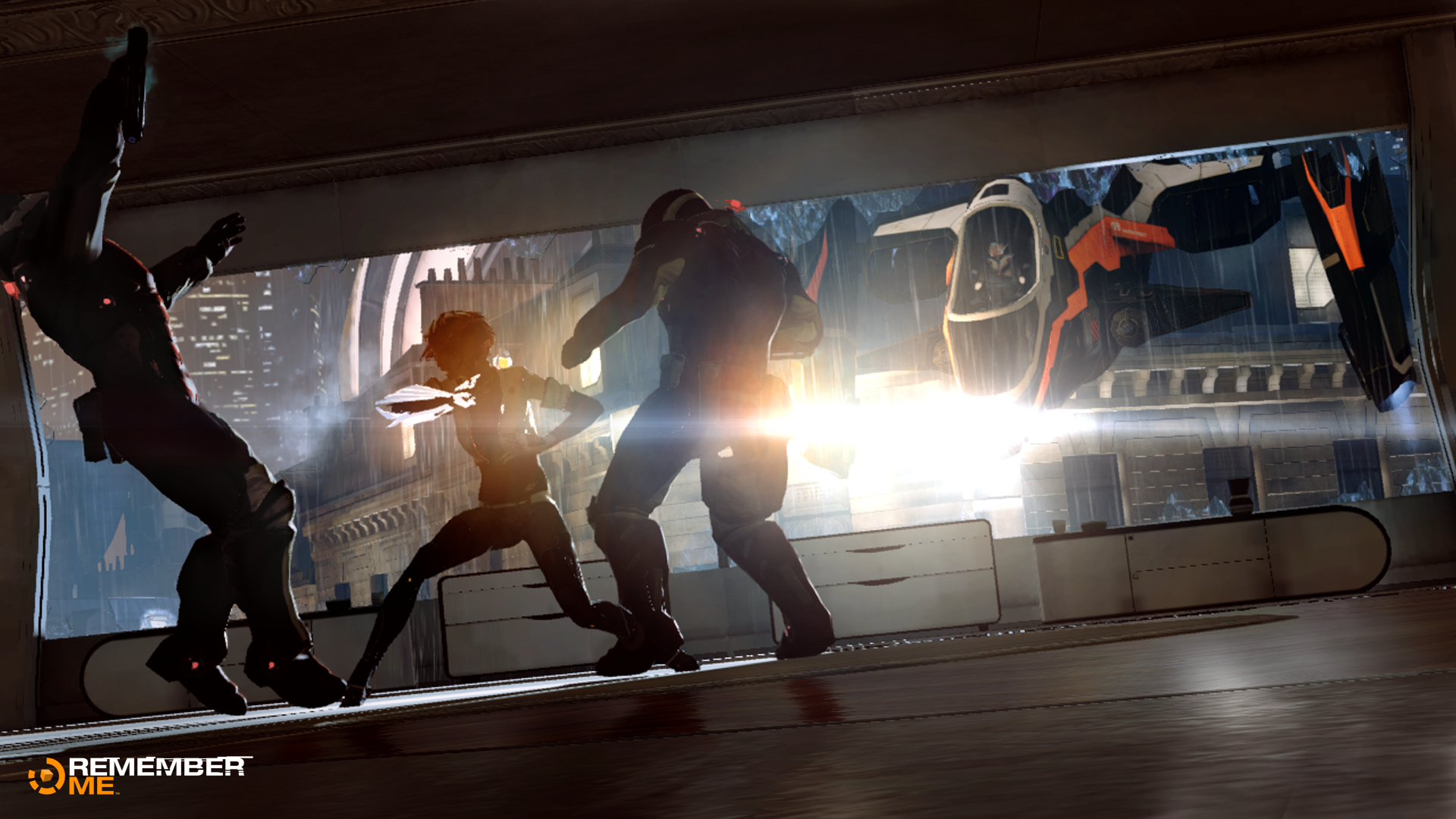
In the first half of the game, all these patchwork ideas are very well connected. We are already used to games that tell the story of a society driven by destructive technology, but the picture that Dontnod paints seems sharp and relevant. It’s like saying, keep turning a blind eye, basking in the comfort that new technologies bring, and sacrificing your own freedom for the sake of security, but remember that it won’t lead to anything good.
This message works very well because Neo-Paris is a very harmonious setting. Details such as everyday household and cleaning equipment, jumpsuits, architecture, advertising slogans, and modern slang are taken into account, making this world quite convincing. Thanks to random details, you hear and see this image of a post-European society of the future as clearly as if a politician were loudly proclaiming their merits.
Nilin is also quite convincing. At times, she may seem a bit pretentious, but the moments when the game allows you to delve into her memories or talk to adults are definitely done with heart.
Me again
After completing Remember Me, you can replay it from the beginning, having all the unlocked combos at your disposal. However, you won’t gain additional experience if you don’t collect longer combinations.
Each game level is filled with collectible items that reveal information about the game world or enhance your health and special move counters. Sometimes, you come across a small suspended picture clue in the air, which is displayed on your HUD – presumably left by another memory hunter.
Will I come back? I would like to take a little break from the game, but then – yes. The first half of the game is particularly rich in details that I would like to explore, at least to the extent allowed by the game. Additionally, Remember Me provides the player with another pleasant companion – an elegant soundtrack that is something in between synth-crescendo from puzzle games and classical music.
Unfortunately, the game sags in the middle third – the science fiction elements overshadow all the best parts. For a while, it seems like Remember Me is just another action-adventure: a path to disappointment, paved with antagonists waiting for you at the end of each level. Additionally, this is the least interesting part from a visual standpoint. In the early stages, as you make your way out of the slums, you are shown an old Paris with baroque-style architecture infused with high-tech elements, and a whole legion of various technological gadgets like HUD price tags on coffee that you see as you pass by some cafe. However, the inner workings of the Remember Me world are nothing but continuous gray corridors, intricate pipelines, and sliding doors cutting through the air.
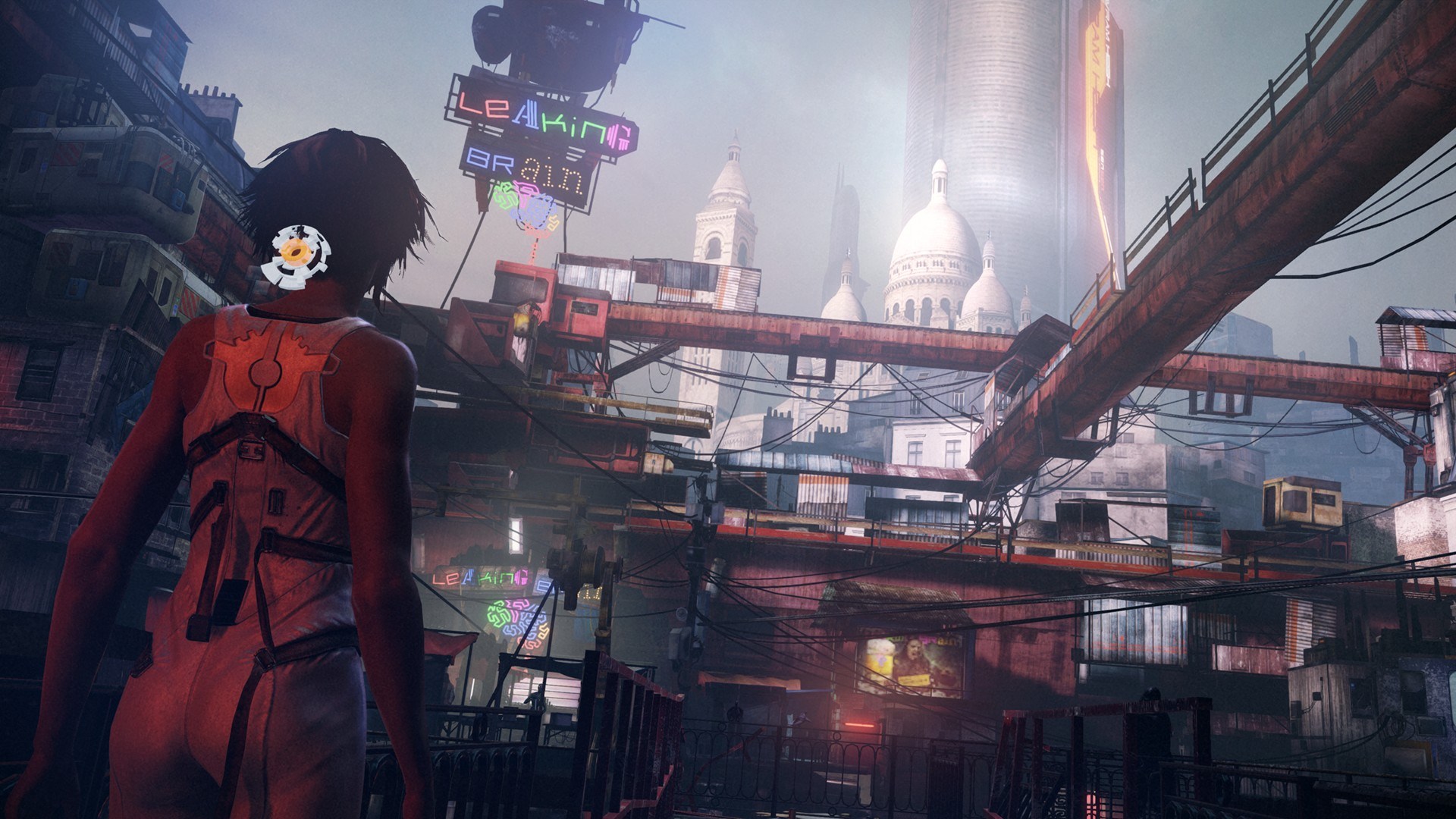
Fortunately, this melancholy ends with the final act, which once again begins to speak about much more interesting things like the nature of identity and responsibility in a world where you cannot be certain of the truthfulness of your memories.
There is one more annoying thing – you cannot control the most complex aspects of history. It is a linear game with a specific message, and that is fine – agree, not every game makes you think using much more ways than a boring and banal description – but if the player had a choice between different story developments, Nilin’s actions could mean more than just a justification for the plot development. In some episodes, she seems to be one of those games where you kill people without really believing in it, and Remember Me is definitely capable of more. It is unpleasant to realize that the game is moving in this direction, albeit briefly.
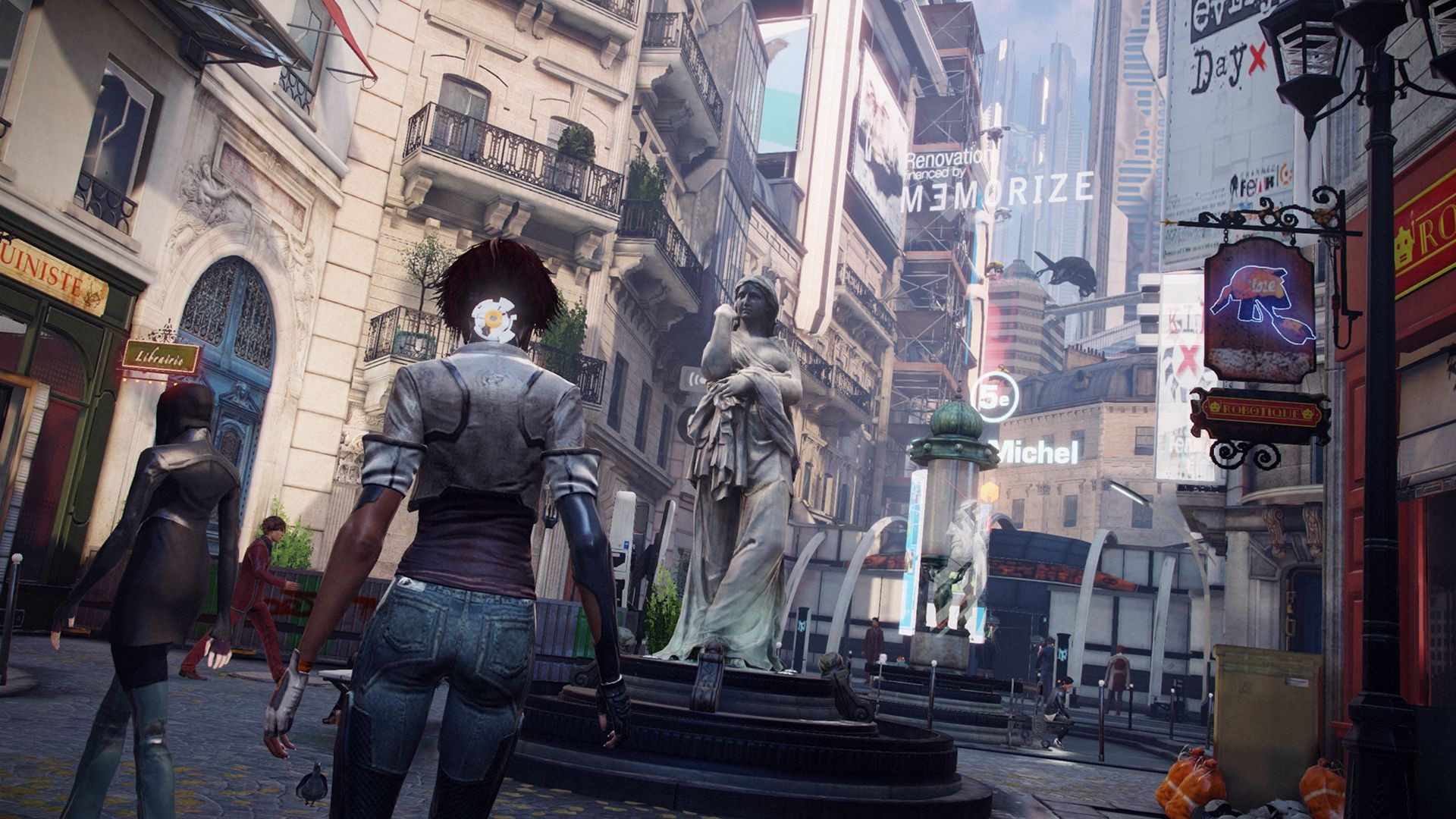
Either way, Dontnod’s first game is a classic example of the genre – third-person perspective, hand-to-hand combat, and cutscenes – a path that was paved by the well-known creations of Naughty Dog, which have been booming in recent years. However, the majority of the gameplay in the game presents us with a world of rare consistency and astonishing depth, which is not often encountered in the genre, which is more characterized by automatic shootouts, technological demos, and MacGuffins. Nevertheless, the developers still decided not to completely abandon battles – even with a beautiful world and interesting characters. However, the latter rarely become truly tangible, which is not comparable to their depth.
From the concept of Remember Me, an excellent movie would have been made, but as a result, a game was created that will be loved and cherished by not as many people (you can catch a resemblance to the Mirror’s Edge community) as the developers would have liked. It offers the player an uneven experience. It seems as if it knows who it wants to become, but has resigned itself to the fact that it exists in a world where achieving that is not so simple.
Share
Discuss
More Reviews


